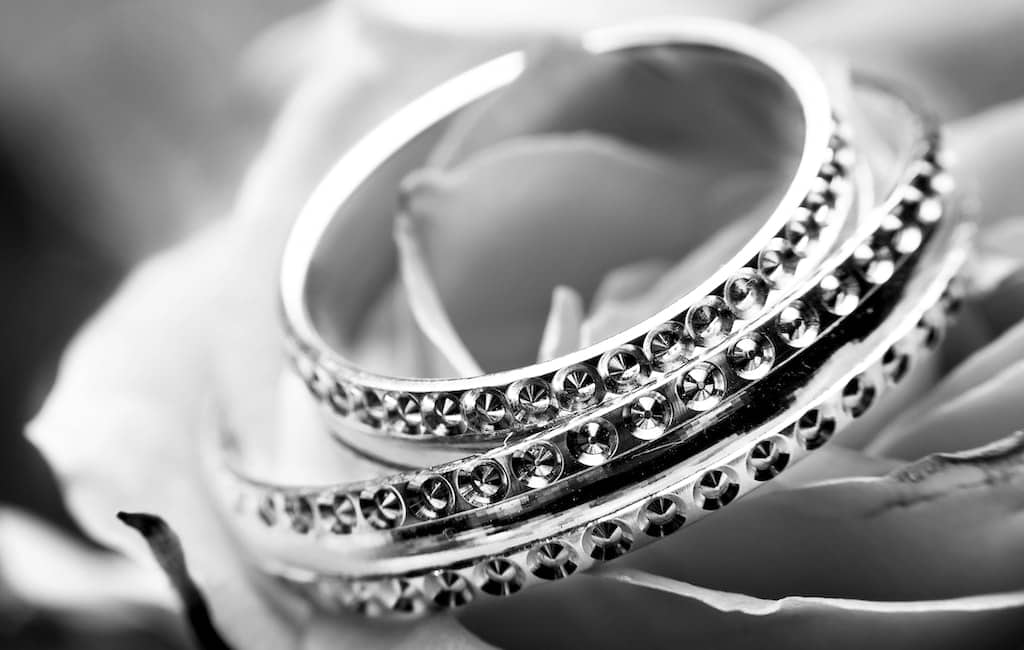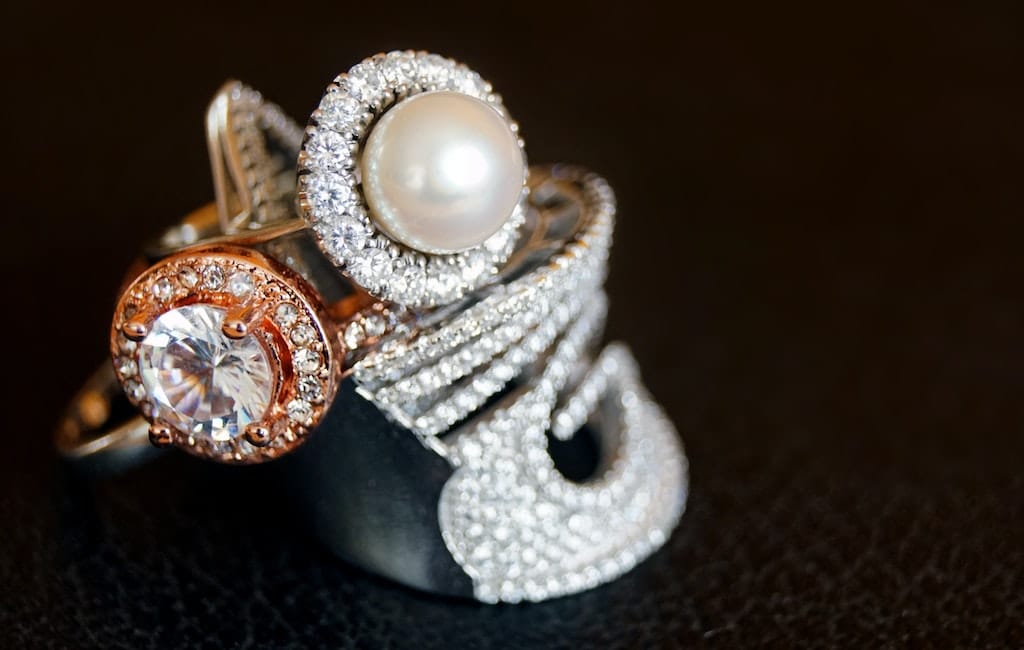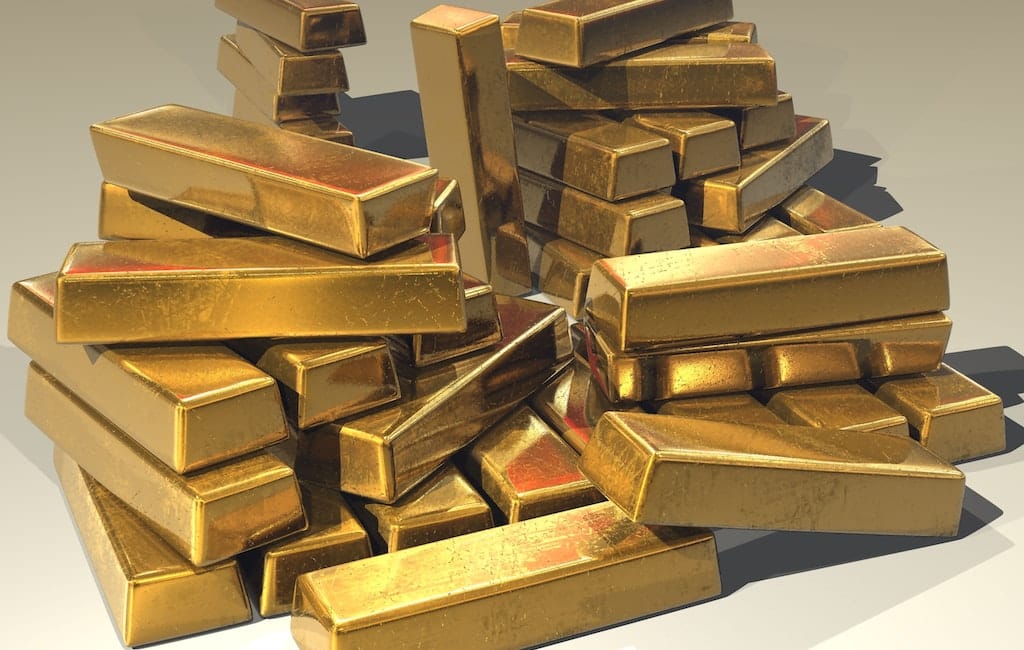Gold is a precious metal that is used extensively in jewelry and ornament making, in order to make accessories and decorative pieces. As far as precious metals go, gold is relatively expensive, particularly when it is pure and unmixed with any other metal. This is because it is highly desirable due to its luster and how easily it shines or glitters. This desirability is also as a result of other properties such as gold’s high resistance to rust and its stability. As a result of this stability, many people wonder if gold is hard enough to break diamond ore.
WHAT ARE THE PROPERTIES OF GOLD?
Gold is prized, not because of how shiny it is or how it glitters when it is used to make jewelry and other ornaments; but because of other properties which broadens the range of its usage and application. Some of these properties include the following:

- High resistance to rust
Gold is not just a precious metal, it is a metal that happens to be made up of only one element (which is gold, Au). This element can be found in the periodic table as the one with atomic number 79; a relatively high atomic number, considering the fact that this metal occurs naturally and individually in nature (in the form of ores). It is a group 11 element and a transition metal. It also happens to be very un-reactive to other elements and chemicals around it. This makes it highly resistant to the chemical influences and activities of other highly reactive substances, which may want to change the physical or chemical state of this precious metal. One of such activities – which gold is highly resistant to – is the process involved in the formation of rust.
Typically, rust is formed when iron – or alloys of iron – is subjected to the action oxygen and moisture (or moist air). This process happens when the metal (iron) reacts with moisture and oxygen to form hydrated oxide and rust (which is Fe2O3).
Gold generally does not form rust because it is only made of one type of metal (i.e. gold), and it does not contain iron in any way, form or shape…at least, when it is pure and of pristine quality. Any type of gold that forms rust is most likely, certainly, a fake, adulterated or impure version.

- Malleability
Gold is not the only precious metal to exist on this earth – neither is it the only one that is frequently used by jewelers and those in the ornamental industry – however, it is usually preferred above all else because in addition to its many good quality, it is also very easy to work with.
Gold is malleable, and this means that it can easily be melted down and molded to form different shapes and different articles. Gold can be formed into many different shapes which vary in dimensions and weight; from articles weighing thousands of tons to gold leaf, which is basically a very thin layer of gold, which is usually used in interior decoration (to line walls and design beautiful patterns on them).
This versatility of gold in terms of its remarkable malleability makes it a highly desirable metal for jewelers to work with, and it also makes gold very useful in other industries (apart from the jewelry industry); by helping to broaden its range of application.
- Heat conductibility
All great metals have one thing in common, which makes them stand out from other materials (e.g. non-metals), which is the fact that they are very good conductors of heat; and gold is no different.
The heat conductibility of a metal refers to the metal’s ability to conduct – or spread – heat quickly within all parts of itself (i.e. from the point of contact with the heat source to all the other parts of it). Gold has a very high heat conductance level, which is part of what makes it so malleable or so easy to melt down into other shapes and forms. Also as a result of this high heat conductibility, gold can be melted down into liquid form when sufficient heat is added to it in a forge. This level of heat required, however, tends to be extremely high.
- Ductility
Gold is a highly ductile metal which can easily – well, under the action of a lot of heat – be drawn into very thin wires. This makes it very suitable for a lot of applications which exist outside the realm of the global jewelry industry. For instance, due to gold’s high ductility and conductibility (of both heat and electricity), the metal can be used in electrical applications, if need be. However, it is not often used this way because of how expensive it is.
- Stability
Gold is a metal that is very stable in the sense that it maintains a solid form under many typical conditions (except under the influence of a very high level of heat). Without a doubt, this precious metal is hard in comparison to many things, but as far as other metals are concerned, well, gold happens to be a little on the soft side.
Researchers and many jewelers have claimed that his metal is only as hard as a fingernail, which actually explains why it is so malleable and how it can easily be melted down into liquid, and molded to form other shapes.
CAN GOLD BREAK DIAMOND ORE
Diamonds happen to be the hardest known substances in the world. Much like gold, they are also used extensively in the jewelry and ornamental industry. However, unlike gold, their other industrial applications are a lot more practical and cost effective. For instance, diamonds are used in making drilling bits for heavy duty and high power drilling exercises such as oil exploration and gemstone mining. Their level of hardness is so remarkable and unlike anything else (that is known) in this world that the only thing that can cut diamonds are other diamonds. In contrast, gold is a relatively soft material, which in no way can break diamond ore.

